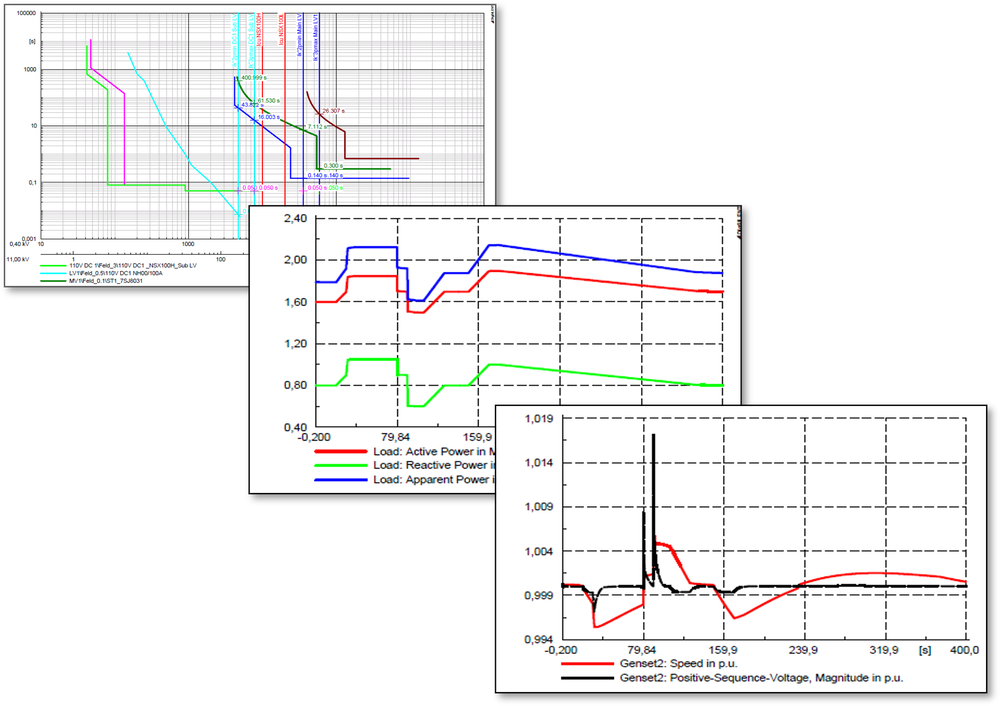KUHSE – YOUR PARTNER FOR THE ENTIRE HYBRID POWER CONTROL SYSTEM

Hybrid Power Solution Cycle
We support our customers throughout the entire process from planning, verification to commissioning of the energy management system. In addition, we are your partner for the constant monitoring, analysis and optimization of the entire hybrid power system.
OUR SERVICES AT A GLANCE
Consulting:
- Planning of the energy management system
- Stability analysis
RMS simulation of selective operating conditions and fault events - Support in selecting and integrating the primary control systems and load profiles into the energy management system
Remote monitoring
- Alarming caused by current resp. predicted faults
- Remote troubleshooting (as far as possible)
- Remote troubleshooting support (for local service)
- Remote optimization based on analysis of operational data
Cloud-Master-Services:
- Analysis of operational data:
Condition Monitoring
Predictive Maintenance
Outlier Detection
Continuous optimization - Archiving of operational data
- Day-ahead forecase simulation for the “24h energy demand market”

Network Studies
The following studies are used to regularly review the design of hybrid power plants:
Dimensioning Study
Protection & Coordination Study
Stability Analysis & Fault Event Study
Your contact
Hybrid Power

Jörg Delbos
Sales Manager
